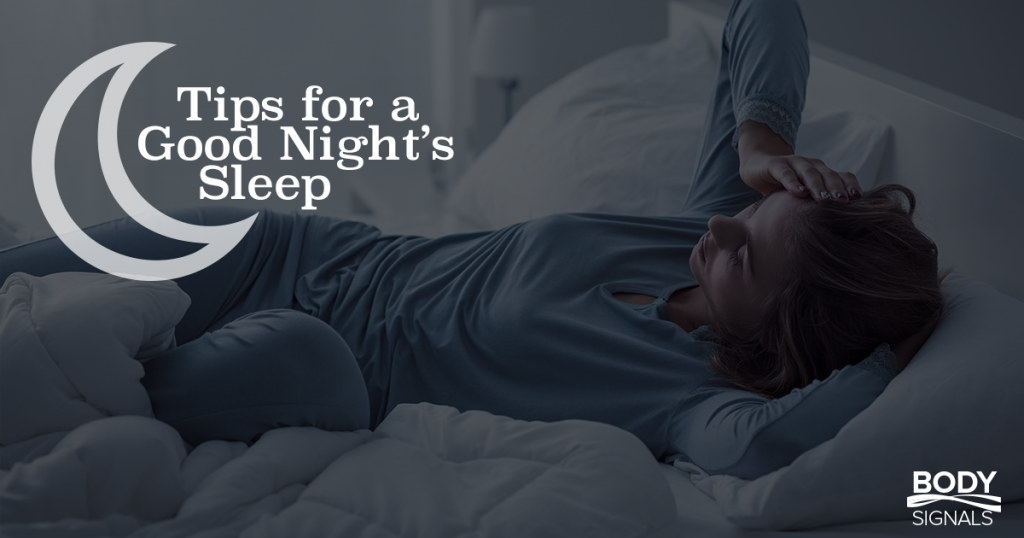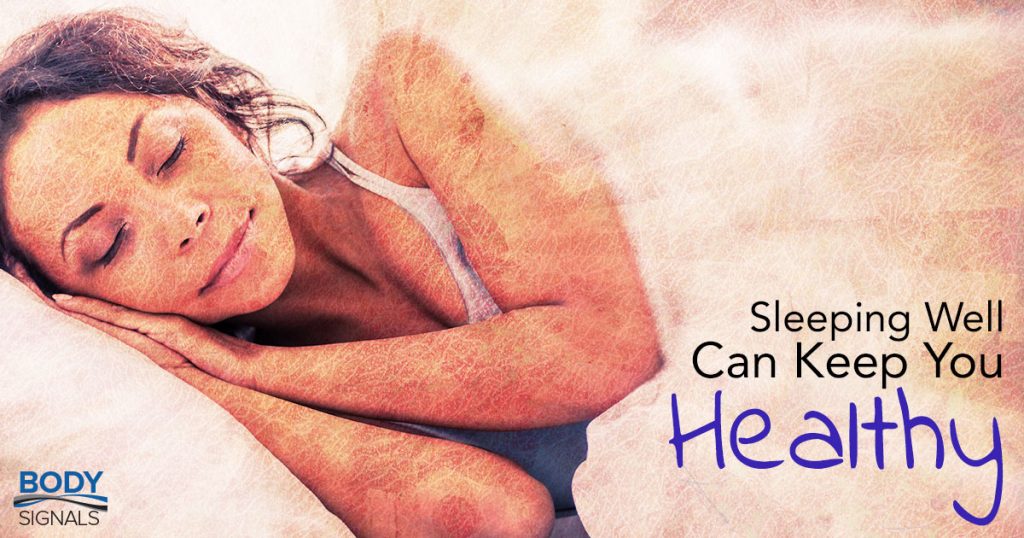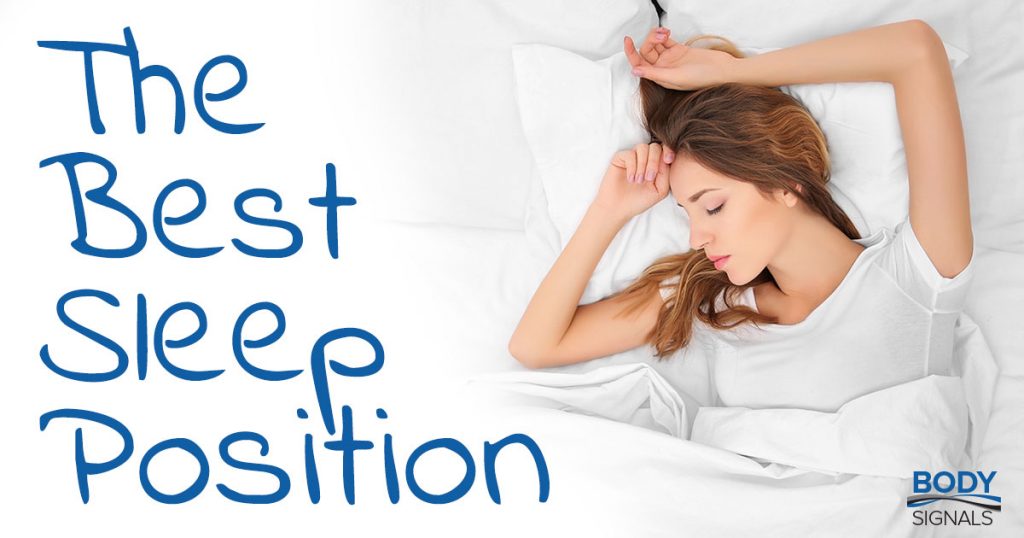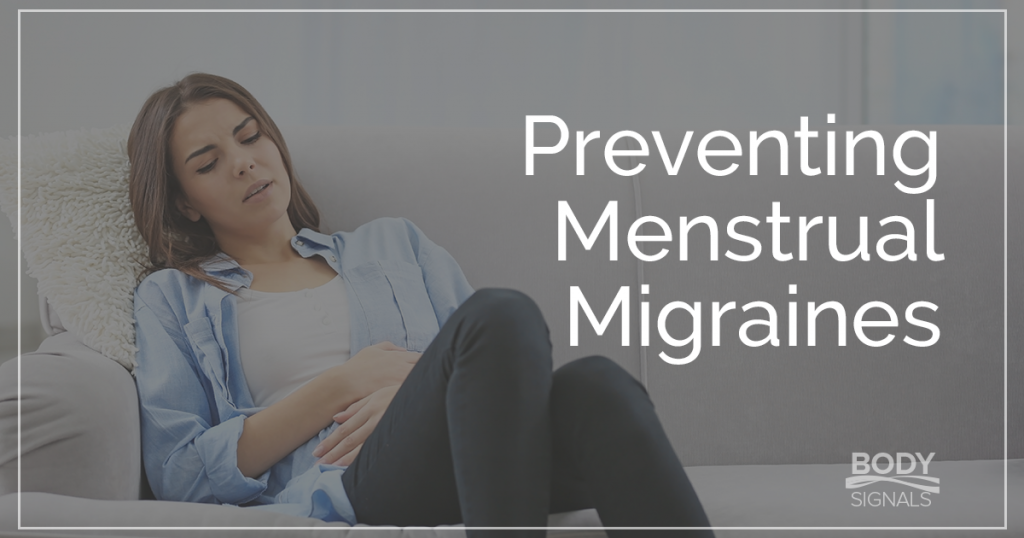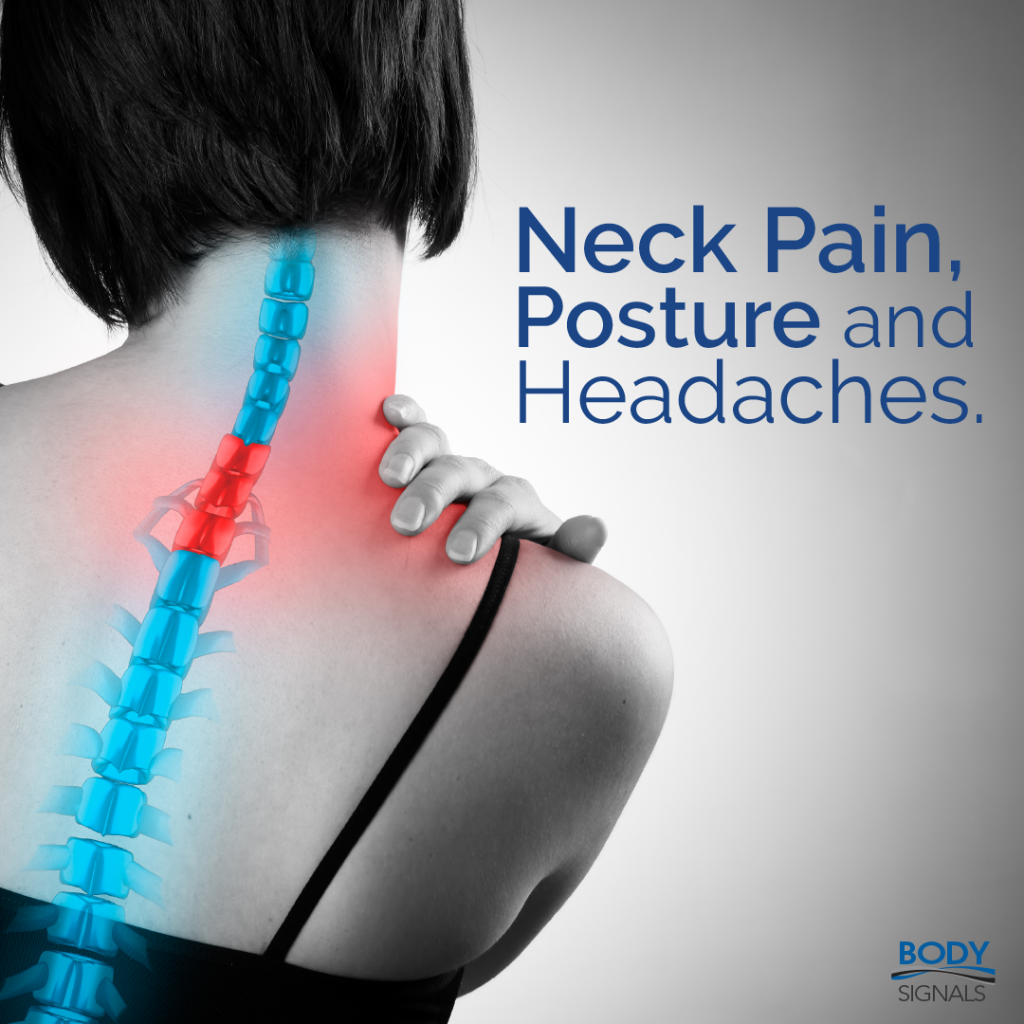
Our modern diet and lifestyle have been linked to a variety of digestive issues. The overall health of your digestive system is closely tied to the food you eat, the exercise you get, and your overall stress level.
Your digestive system is a group of organs that take the food you eat and turn it into energy and nutrients for your body. The digestive system interacts with your nervous system, immune system, endocrine system, and other to help regulate its function
Perhaps the most interesting thing about digestion is that it actually starts in the brain! Your hypothalamus coordinates your appetite and how much food you eat. If you are tired or stressed out, the chemicals in your brain may influence you to eat more than usual in an attempt to find balance. We call this CRAVINGS.
- Your digestive system is a complex network of organs, systems, tissues, and nerves controlled by your brain
- Turning the food you eat into fuel for your body is the primary job of your digestive system
- You can get rid of your food cravings by getting regular exercise and reducing your overall stress
Understanding that cravings are caused by a variety of physiological factors, and not just willpower, is the first step to controlling them. The next step is making a decision on which factors you want to impact this week – maybe it’s beginning a new exercise routine or finding ways to decrease stress in your daily life. The most important thing to keep in mind is that you are able to take control of your cravings by making a few smart decisions with your lifestyle.
Science Source
National Institute of Diabetes and Digestive and Kidney Diseases. Your Digestive System & How it Works. 2018. Mayo Clinic. See How Your Digestive System Works.
